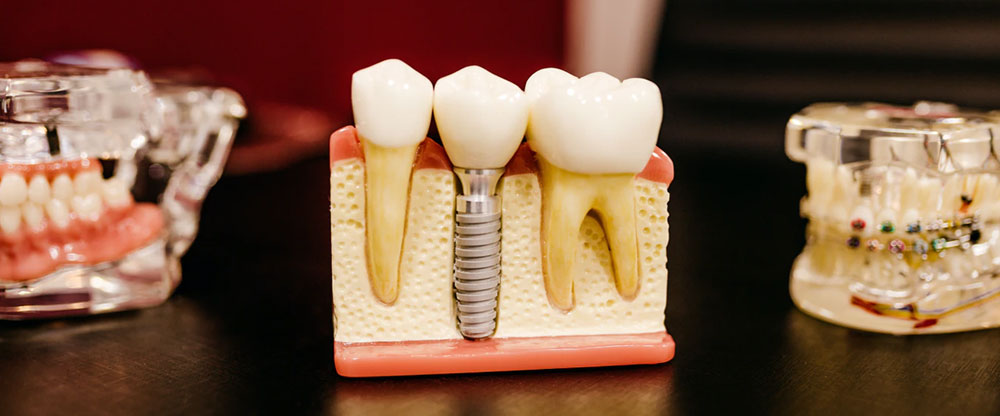Stainless steel wires are widely used in orthodontics due to an excellent combination of mechanical properties, corrosion resistance and economical price. These wires are mainly used in orthodontics are made of SS302 and SS304 austenitic grades.
Chromium present in these grades creates a thin adherent oxide layer to provide adequate corrosion resistance by preventing the entrance of oxygen to the underlying bulk of the alloy. Chromium, carbon and nickel are added into the solid solutions created by iron. Nickel does not strongly bond to produce some intermetallic compound, there nickel creates an alloy surface to interfere with the biocompatibility of alloy.
Studies have shown that stainless steels with modulus of elasticity in the range of 160 to 180 GPa are suitable. The ratio of yield strength to modulus of elasticity states a lower spring back of stainless steel as compared to the newer titanium based alloys. This refers that stainless steel produces higher forces that release over shorter duration hence needs quick activations. Heat processing of the wire causes reduction in residual stress and increase in resilience.
Heat processing of stainless steel wires at above 650C should be prevented due to fast recrystallization of the wrought structure occurrence with damaging effects on the wire properties. Heating of stainless steel to a temperature in the range of 400oC to 900oC results into reaction of chromium and carbon to create chromium carbide precipitate at the grain boundaries.
Loss of chromium from iron solid solution causes loss of chromium which therefore results into susceptibility of stainless steel to intergranular corrosion.
Orthodontic wires are mainly designed to move teeth with light continuous forces. The treatment is based on elastic behavior of material and biochemical reaction of the teeth. Stainless steel wires are the core of orthodontic treatment. Over the years, people prefer to buy orthodontics products made of stainless steel.
A treatment procedure where nominal stress relaxation has a key role is bite opening. Therefore the test is conducted to evaluate how the bite opening bends maintain over time durations in conditions of oral treatment. Stainless steel wires have high strength and stiffness to become suitable for use in orthodontics treatment. The mechanical properties of the wires are evaluated by bending test as this type of deformation is considered more active in clinical environments. Bending test for orthodontic wires not comprising precious metals was not recommended.
The basic properties of these wires are determined by bending test. Force, yield strength, stiffness, resistance of a cross section shape to elastic bending, springback or the ability to apply large activations with a resultant increase in service durations of the equipment.
There are orthodontics products manufacturers in India who prefer to choose coated wires which is important to the orthodontics performance. Wires made from stainless steel are tough, difficult to break, mildly stiff hence they provide constant force over time and implement lower forces. They are easy to bend in loops, coils and stops without damage. Overall the experience of using SS wires is good and satisfactory.


